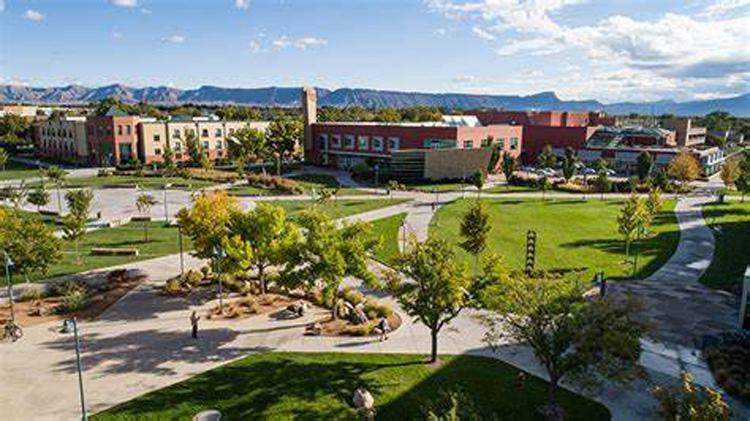A popular website called LifeHack lists 25 things it calls “unnecessary wastes of money.” Wasteful items include dryer sheets, coffee k-cups, sliced cheese, cable TV, and buying a snack “every now and then.” One could endlessly debate the wisdom of slicing one’s own cheese or paying a bit more for pre-sliced. K-cups cost more than 5-pound cans of coffee, but not if one drinks only a cup at a time and would waste the rest of the pot.
Any item on that list could spark a marginally interesting debate, but the larger point is: who gets to decide what’s a waste of your money? I’ve been amused for years when activists make assertions about what people “need.” “Nobody needs all these slicing, dicing, cooking gadgets,” or “No one needs a semi-automatic weapon,” or “Nobody really needs a fur coat,” or “Who really needs a 5,000 square foot house?” or my personal favorite, “Nobody needs to drive a giant SUV or dually pickup.” How would some stranger know what I need?
Writer Charles Hugh Smith articulated the argument well: “Wasting resources, capital, and income on stuff nobody really needs is a monumental disaster on multiple fronts. Rather than establish incentives to conserve and invest wisely, our system glorifies waste and the destruction of income and capital.” He is pictured on his blog with a Gibson Les Paul electric guitar, though he apparently owns a Fender Stratocaster, too. He is not a professional guitar player, so does he need both? Does he need either? Maybe. As Thomas Knapp wrote in the Citizen’s Journal, if the resources, income, and capital are his own, who gets to decide his purchases were wasteful?
I think a similar argument can be made about the growing push to eliminate turfgrass. Numerous local governments and water districts across the West are declaring war on what they call “non-functional” grass. Here’s how one local official defined nonfunctional: “Cities, towns and residents around Colorado have planted Kentucky bluegrass and other nonnative grasses around buildings, homes, and urban landscapes for decades. But in some areas the grass is rarely, if ever, used. Instead, it is watered and maintained primarily for aesthetic purposes.” The conventional wisdom is that “aesthetic” is not a function. “Non-functional” turf is planted next to sidewalks, driveways, medians, and other public spaces.
A series of grant-funded initiatives to eliminate grass in such places has been adopted by many Colorado cities, including Grand Junction, Fort Collins, Pueblo, and several more. They want to eliminate at least a third of it, even as the state legislature is considering a statewide ban. While cities work to remove grass that is “purely ornamental,” the pending legislation would prohibit state or local governments or HOAs from planting grass, and it has already passed in committee.
Sponsors are quick to say it doesn’t apply to individual homes, nor require removal of existing lawns. But can that be far behind?
Look at the language of a conservation agreement signed by the water departments of Aurora, Denver, Pueblo, Las Vegas, and Los Angeles last summer. “Specifically, we commit to: …Introduce a program to reduce the quantity of non-functional turf grass by 30 percent through replacement with drought- and climate-resilient landscaping…” And further, “Transforming our outdoor landscapes and urban environments in a manner that improves climate resilience and promotes… wise water use through mandatory watering schedules and compliance enforcement, incentivized turf removal, and limitations on new turf.” Those cities disclaim mandatory lawn removal, but they’re all planning mandatory water restrictions to achieve the same result.
We all understand the seriousness of western water issues, though less than 10 percent of Colorado’s water is used by all the municipalities and homeowners combined, and the percentage used by turfgrass is scarcely measurable. In fact, the bill also prohibits artificial turf because it’s made of plastic, so is this really about water?

The real irony remains in the definition of “non-functional.” If the turf is used for public reaction, such as picnicking in parks, or sports fields, those are legitimate functions. Beautifying an otherwise dreary landscape is not. Aesthetics are not legitimate functions. Still, State Senator Dylan Roberts of Summit County, the bill’s sponsor, explains, “If you have non-functional turf, you’ll be allowed to keep it if you want. Hopefully you’ll replace it, but we’re not mandating you to.” How nice of him.
A Denver Water official testified, “It’s not used for anything… it only ever sees the bottom of a lawnmower.” But grass doesn’t actually see anything; it’s people who see. But never mind – nobody really needs their front yard or street to be beautiful anyway, right?





